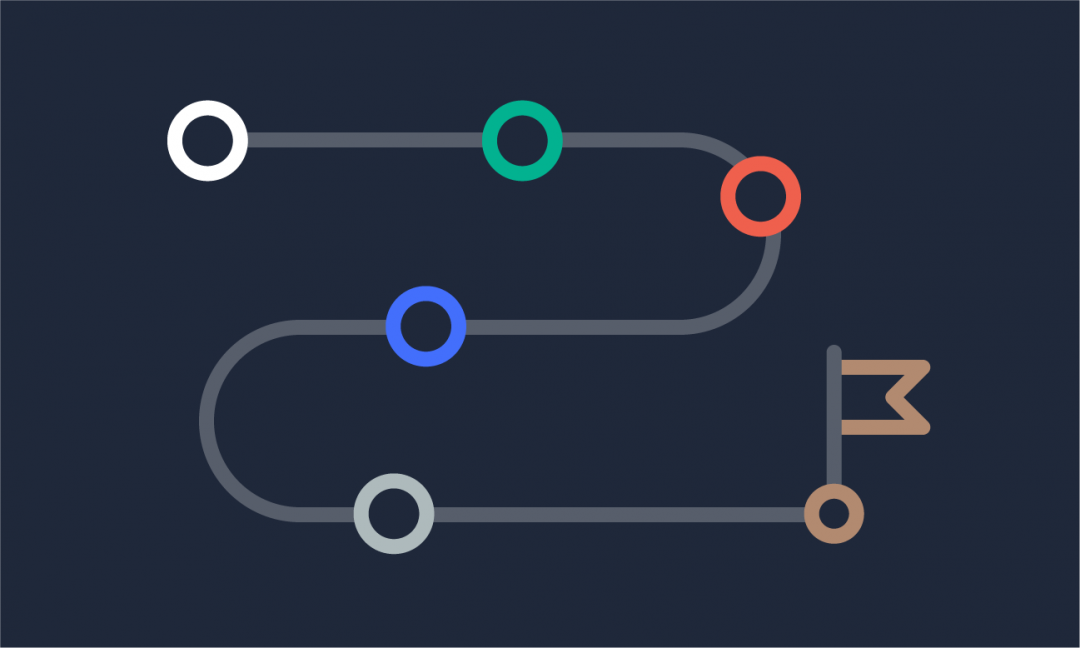We are updating our documentation library to be ready for Sector 10! Find out more in our Sector 10 roadmap or head straight to our collection of Sector 10 - Changes and Updates.
Resource nodes can be found on your resources landing page and archive, with teasers of resources also displayed in other parts of your website.
Visit the Sector online demo to see a resources landing page and sample resources (Sector 9 only)
All content types share a set of standard fields that are introduced in Navigating a node edit form. This guide focuses on additional fields for resources.
When editing a resource node, you should:
For general guidance on adding and editing content, see:
Adding new content to your site and Making changes to existing content on your site.
Step 1 - Add a new resource
To add a resource, use the AdminUI toolbar and navigate to Content > Add content > Resource
<your.domain>/node/add/sector_resource
This takes you to a node edit form for a resource node.
Step 2 - Add resource metadata
Select a resource type from the drop-down list. 'Resource type' is a taxonomy, so its terms can be changed by content administrators.
You can also change the date and time for the resource's issue date and last updated date - by default, these are set to the current date and time.
Step 3 - Add body content
Add the main content of your resource to the 'Body' field. For more information about using this field, see our Introduction to the WYSIWYG editor.
Step 4 - Attach related content
Using the related content fields you can select documents to attach to your resource, as well as add any related links. You can learn about uploading files in Adding files using the media browser.
Step 5 - Change the standard node settings
The standard node settings (e.g. authoring information) are at the side of the node edit form. You can learn more about these settings in Changing standard node settings.
Step 6 - Preview and publish the resource
At the top of the node edit form you can save and preview your content.
Before you save your resource as 'published', you should preview it to see how it displays - see Previewing your content. Once you're happy with how it looks, publish the node.
Want to revert to a previous version of the node? See Creating and reverting revisions.

